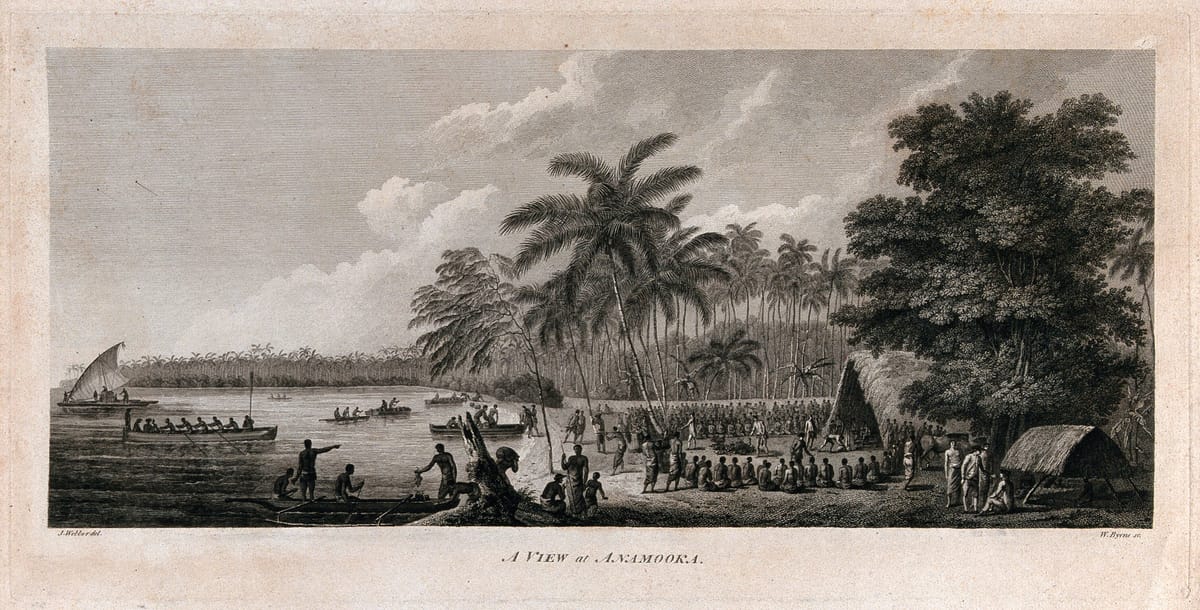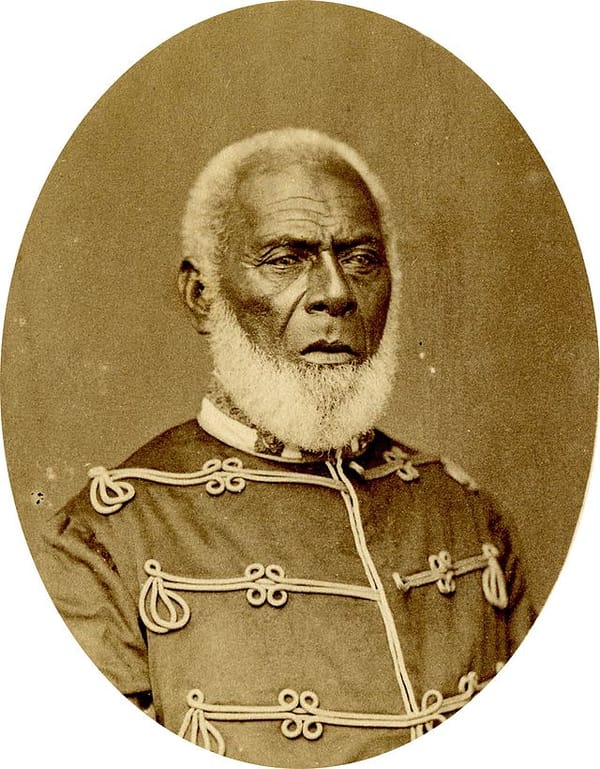Voyages of Discovery: Captain James Cook's Tale in the Friendly Isles of Tonga

In the annals of Tongan history, the legendary tales of Captain James Cook echo through time, woven into the rich tapestry of written records and the vibrant oral traditions of the islands. Step back to a bygone era, to a time when the world was a vast expanse of unexplored wonders, and the seas beckoned the intrepid explorer.
It all began in the year 1773, when Captain Cook, a name synonymous with maritime adventure, first set foot on the shores of Tonga. His ship, a vessel that carried dreams and the promise of discovery, anchored near 'Eua. The chief Vaka’uta extended a warm welcome at Valukolo, setting the tone for a series of encounters that would etch Captain Cook's presence in the annals of Tongan lore.
Venturing forth to Tongatapu, the captain marveled at the spectacle that awaited him. A multitude of men and women, devoid of weapons, greeted him on the shores, a sight he interpreted as a peaceful and hospitable gesture. Little did he know that these encounters were the prologue to a captivating saga of exploration and cultural exchange.
The chronicles continued in 1774 when Captain Cook made his second voyage to the Tongan Islands, making landfall at Nomuka in the Ha’apai group. The fact that he was sought out by name revealed a thriving network of communication among the islands, leaving an indelible mark on the captain's perceptions. The warmth, courtesy, and non-hostile nature of the islanders, particularly in Lifuka, earned the archipelago its enduring moniker—the 'Friendly Islands.'
However, it was Captain Cook's final visit on the 29th of April, 1777, that would resonate most profoundly in the history of Tonga. Landing at Lifuka once again, he immersed himself in the vibrant life of the Ha’apai group. Later, journeying to Tongatapu on the 9th of June, he extended his stay for several months.
In this time, Captain James Cook became not just an explorer but an early ethnographer, meticulously observing and recording the nuances of pre-Christian life in the Islands. His documentation would become a treasure trove of insights into a world on the brink of transformation.
The stage for his observations was set at Hōleva, where an observatory tent rose, and astronomers gazed at the heavens. Pigeon snaring arenas, like the Sia Heu Lupe in Popua, unfolded before him, offering a glimpse into the islanders' way of life. Captain Cook, staying at Hōleva near the Sia Heu Lupe, immersed himself in Tonga for four weeks, culminating in the observation of a solar eclipse on the 5th of July, 1777.
As the sun dipped behind the celestial curtain, Captain Cook embarked on a rowing boat journey along the Manavanga passage. His destination: the kātoanga ‘inasi, the annual festival held in Mu’a. There, beneath the shade of the legendary banyan tree named Malumalu-‘o-Fulilangi, he rested—a tree whose legacy endures through a young offshoot standing guard at the site, preserving the tales of Captain Cook's sojourn in the Friendly Islands for generations to come.




